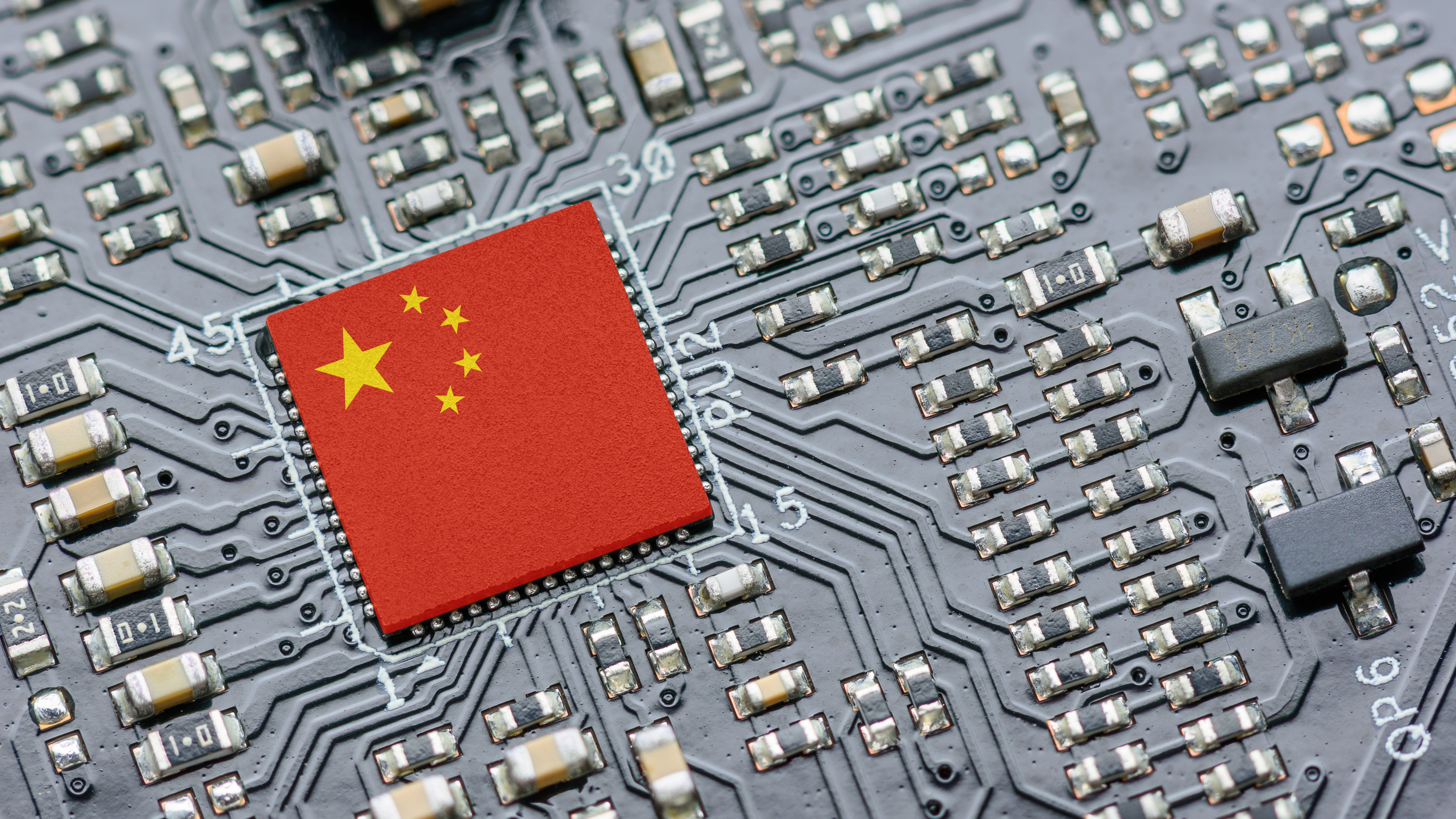
Researchers from Shenzhen MSU-BIT University, a collaboration between Lomonosov Moscow State University and the Beijing Institute of Technology, have reportedly developed a new computational algorithm that can significantly enhance the efficiency of peridynamics (PD), a non-local theory used to model fractures and material damage. The new method increases performance by up to 800 times, dramatically improving the speed of large-scale material simulations.
Peridynamics is widely used to predict material failure in aerospace, civil engineering, and military applications. However, traditional PD simulations require significant computational resources, making large-scale studies slow and impractical. Associate Professor Yang Yang and her team tackled this problem by leveraging Nvidia’s CUDA technology to optimize algorithm design and memory management.
Their PD-General framework achieved up to 800x speed gains on an Nvidia RTX 4070 compared to traditional serial programs and 100x faster performance than OpenMP-based parallel programs. In large-scale simulations with millions of particles, it completed 4,000 iterative steps in five minutes. For high-scale 2D uniaxial tensile problems, it processed 69.85 million iterations in under two minutes using single precision.
The enhanced computational efficiency means researchers can now conduct simulations on consumer-grade GPUs instead of relying on costly, high-performance computing clusters. This has broad implications for industries that require detailed material analysis, including:
- Aerospace and Defense: Improved modeling of material stress and failure in aircraft structures.
- Engineering and Manufacturing: More efficient testing of materials for construction and industrial applications.
- Military Research: Faster development of impact-resistant materials for defense systems.
The ability to achieve high-performance simulations on widely available GPUs also reduces reliance on restricted foreign technology. Given ongoing trade restrictions and sanctions, this breakthrough allows China and Russia to potentially advance research without depending on high-end computing hardware from Western countries.
This development also marks a significant step in computational mechanics, enabling faster and more accessible simulations for material science, engineering, and defense applications. The study was notably published in the Chinese Journal of Computational Mechanics on January 8, 2025, and the research team believes that this optimization could extend beyond peridynamics, improving GPU performance for other scientific computations.
#Chinese #algorithm #claimed #boost #Nvidia #GPU #performance #800X #advanced #science #applications


